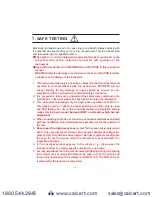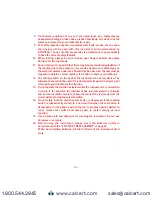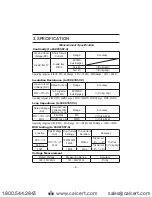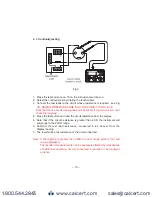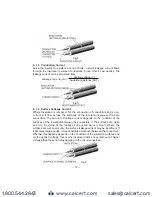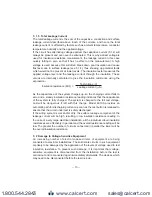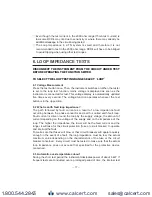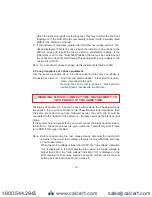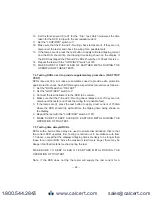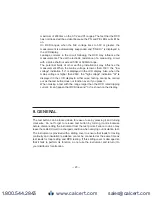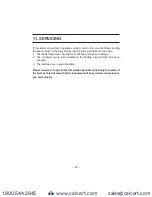
—
12
—
Fig 4
5
.
1
.
3
Conduction Current
Since the insulation resistance is not infinite, a small leakage current flows
through the insulation between conductors. Since Ohm's Law applies, the
leakage current can be calculated from
Leakage current (
μ
A) =
applied voltage (V)
insulation resistance (M
Ω
)
Fig 5
5
.
1
.
4
Surface Leakage Current
Where insulation is removed, for the connection of conductors and so on,
current will flow across the surfaces of the insulation between the bare
conductors. The amount of leakage current depends on the condition of the
surfaces of the insulation between the conductors. If the surfaces are clean
and dry, the value of the leakage current will be very small. Where the
surfaces are wet and/or dirty, the surface leakage current may be significant. If
it becomes large enough, it may constitute a flashover between the conductors.
Whether this happens depends on the condition of the insulation surfaces and
on the applied voltage; this is why insulation tests are carried out at higher
voltages than those normally applying to the circuit concerned.
Fig 6
www.calcert.com
sales@calcert.com
1.800.544.2843
0
5
10
15
20
25
30



